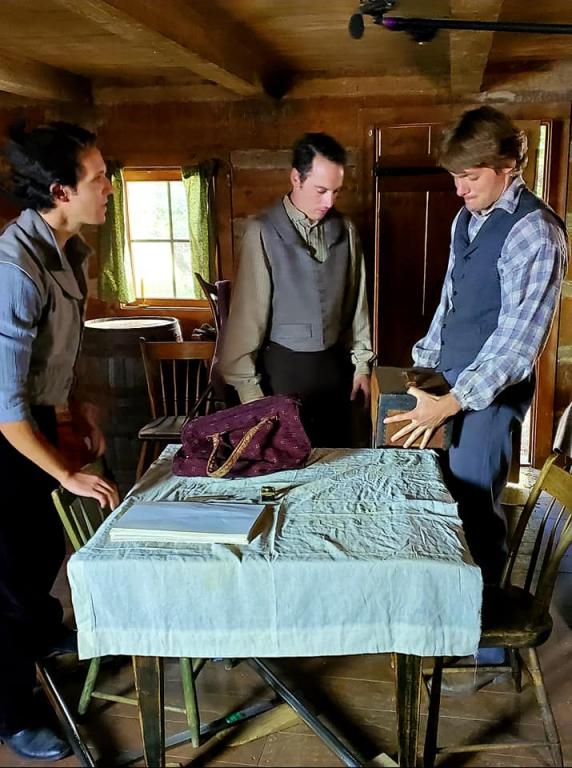
I base these notes upon John W. Welch, Neal Rappleye, Stephen O. Smoot, David J. Larsen, and Taylor Halverson, eds., Knowing Why: 137 Evidences That the Book of Mormon Is True (American Fork, UT: Covenant Communications, 2017), 180-181:
It’s striking that, according to Joseph Smith, the title page of the Book of Mormon as it currently appears in English is “a literal translation taken from the last leaf of the plates” (emphasis mine). This seems to be consistent with an ancient practice called subscriptio, in which information that we would customarily regard as “introductory” — e.g., the title of the text and the author’s name — is placed “right at the end, after the last line of the text.” The eminent classicist Walter Burkert (1931-2015) of the University of Zürich, with whom I was once privileged to spend a bit of time while he was visiting Brigham Young University, argued that the existence of this practice in ancient Greek literature was “a detailed and exclusive correspondence which proves that Greek literary practice is ultimately dependent upon Mesopotamia.”
On the basis of Burkert’s argument, my late friend and colleague William J. Hamblin asked an intriguing question: If the phenomenon of subscriptio is indeed “proof” of a dependence of classical Greek literature on Mesopotamian influence, “cannot the same thing be said of the Book of Mormon — that the practice of subscriptio represents ‘a detailed and exclusive correspondence’ which offers proof that the Book of Mormon is ‘ultimately dependent’ on the ancient Near East?”
The word proof is, I think, too strong. (Please note that it is actually Professor Burkert’s word, not Professor Hamblin’s.) But Bill was right to observe that “This idea would have been counterintuitive in the early nineteenth century when title pages appeared at the beginning, not the end, of books.” Even Joseph Smith himself, when he published the English Book of Mormon in 1830, put the title page at the front of the volume rather than placing it in the back, on the “last leaf.”
Incidentally, another instance of subscriptio in the Book of Mormon seems to appear in the placement of Words of Mormon after the text from the small plates that they seem to introduce and to explain rather than as a preface to it.












